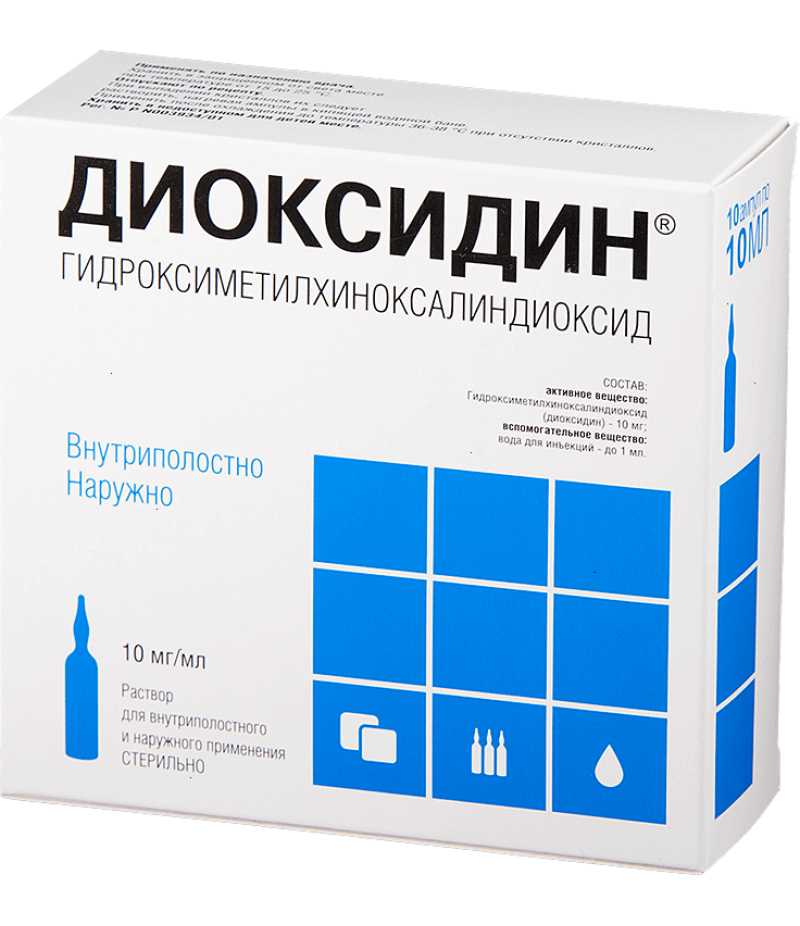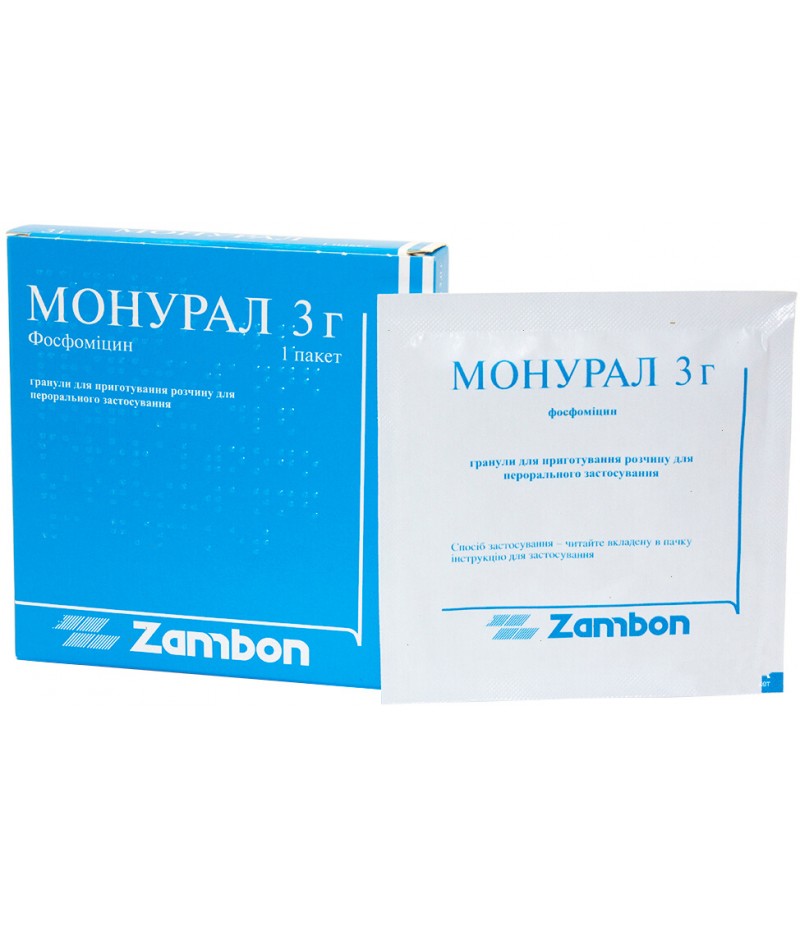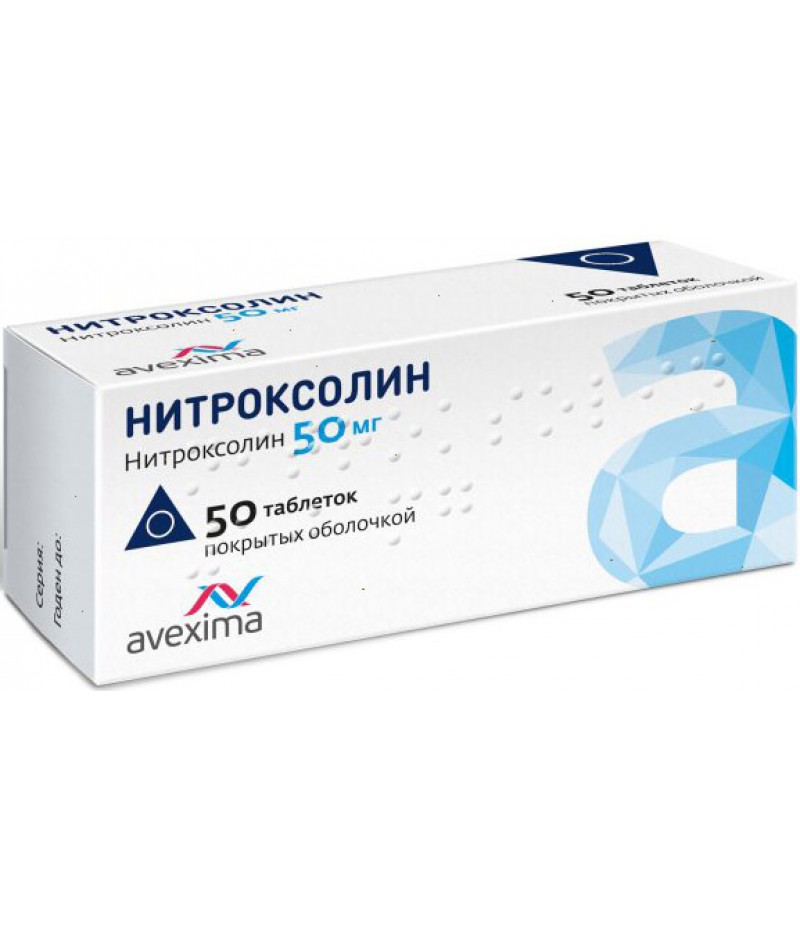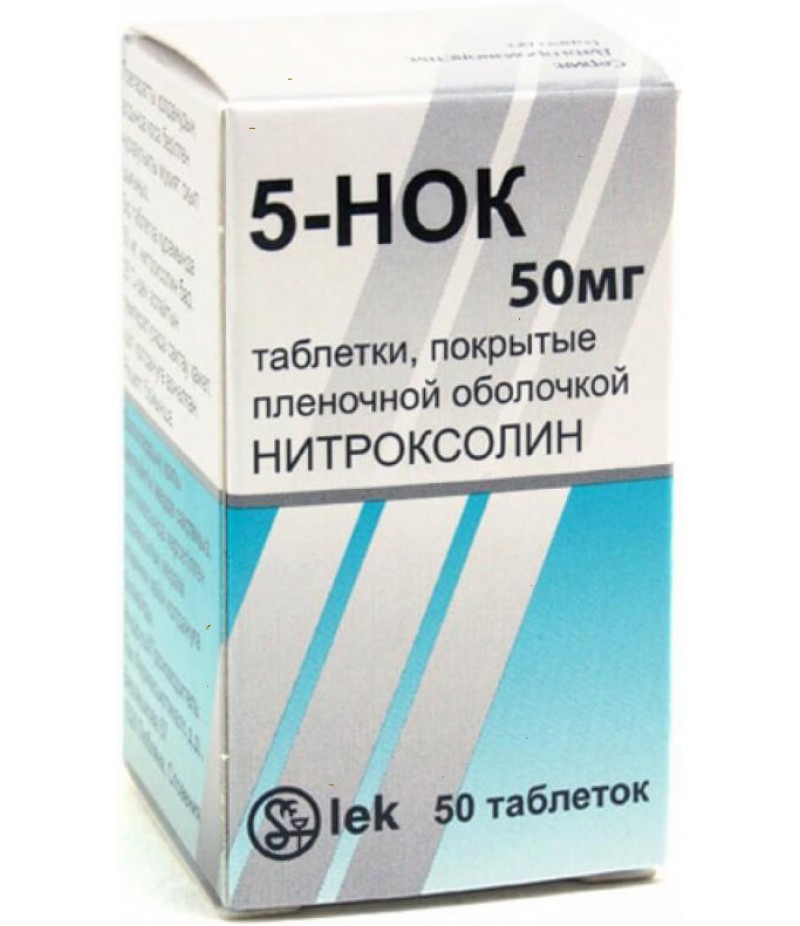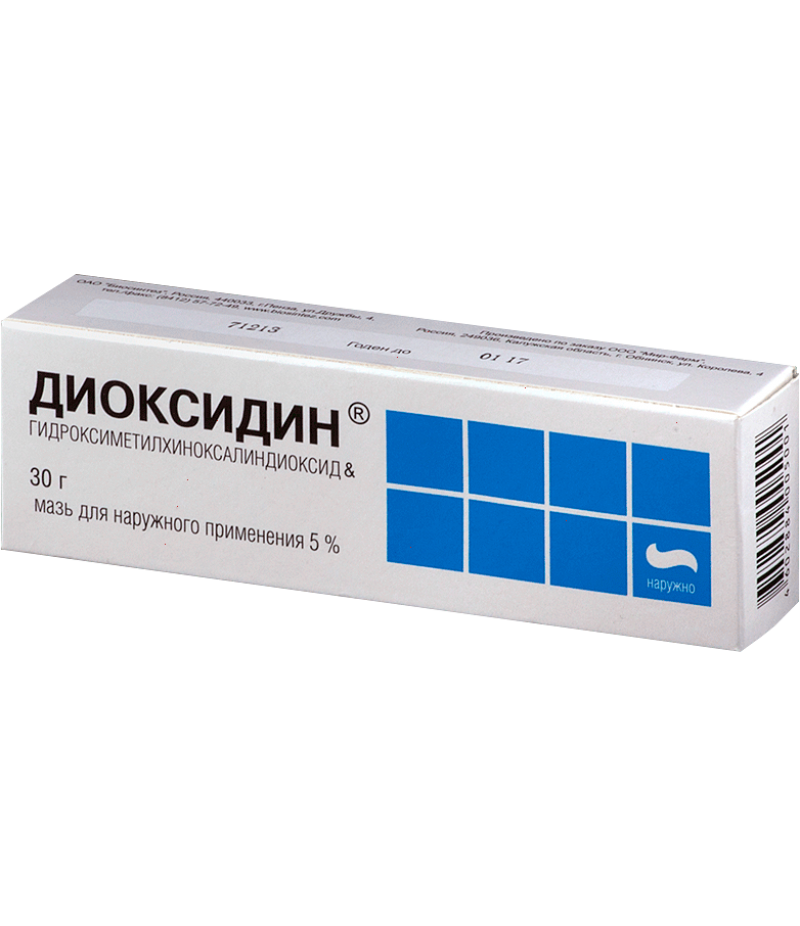Dioxydin solution 10mg/ml 10ml #10
- $29.20
- 3 or more $28.90
- Availability:In Stock
Instruction for DioxydinReed more and buy Dioxydin solution on this pageCompositionThe composition of one milliliter of 1 percent solution for external and internal use includes 10 mg hydroxymethylhinoxilindioxide, as well as wate..
Tags: solution
Instruction for Dioxydin
Reed more and buy Dioxydin solution on this page
Composition
The composition of one milliliter of 1 percent solution for external and internal use includes 10 mg hydroxymethylhinoxilindioxide, as well as water for injection up to 1 ml.
A milliliter of 0.5 percent solution for local, intravenous and intramuscular use contains 5 mg hydroxymethylhinoxilindioxide and water for injection as an auxiliary substance (up to 1 ml).
In gram of Dioxydin ointment contains 50 mg, and substances-excipienti: polyethylene oxide 400, polyethylene oxide 1500, nipagin, propyl ether peroxybenzoyl acid.
Form release
The drug has the following dosage forms:
a solution of Dioxydin 1% for intracavitary and topical applications;
a solution of Dioxydin 0.5% for local, intravenous and intracavitary use;
Dioxydin ointment 5%.
One percent solution is available in ampoules of colorless glass with a volume of 10 ml, 10 ampoules in one package; 0.5% solution comes to pharmacies in ampoules of colorless glass with a volume of 10 and 20 ml; ointment is packaged in tubes with a volume of 25, 30, 50, 60 and 100 grams.
Pharmacological action
Dioxydin is a drug from the group of synthetic antibacterial bactericidal drugs. The active substance of the drug belongs to the group of quinoxaline derivatives and is characterized by a wide range of pharmacological activity.
Pharmacodynamics and pharmacokinetics
The mechanism of action of Dioxydin is associated with the damaging effects of hydroxymethylhinoxilindioxide on the cell walls of microorganisms, which ultimately suppresses their activity and leads to their death.
The drug is active against Proteus vulgaris (Proteus vulgaris), wand Friedlander, Pseudomonas aeruginosa (Pseudomonas aeruginosa), the causative agent of bacterial dysentery from the genus Shigella (Shigella dysenteria, Shigella flexneri (Shigella flexneri), Shigella boydii, Shigella sonnei), Salmonella, which is the most common cause of acute diarrhoea (Salmonella spp.), coli (Escherichia coli), Staphylococcus spp .), strep (Streptococcus spp.), are the causative agents of food toxicoinfections of pathogenic anaerobic bacteria Clostridium perfringens.
Dioxydin is able to influence resistant to other antimicrobials (including antibiotics) strains of bacteria. The tool does not cause local irritation.
The probability of developing drug resistance of microflora to the drug is not excluded.
When introduced into the vein has a small therapeutic breadth of action, which in turn requires strict observance of the instructions dosing regimen.
Treatment of burned areas of the body, as well as purulent-necrotic wounds, allows to accelerate the healing process of the wound surface, reparative (restorative) tissue regeneration, as well as their marginal epithelization, has a beneficial effect on the wound process.
Experimental studies have established that the drug can have teratogenic, mutagenic and embryotoxic effects.
When used as a local agent is partially absorbed from the treated wound or burned surface. The body is eliminated by the kidneys.
After injection into the vein, the therapeutic concentration of hydroxymethylhinoxilindioxide in the blood is maintained for the next 4-6 hours. Plasma concentration after a single injection of the solution reaches a maximum in about 1-2 hours.
The active substance quickly and easily penetrates into all tissues and internal organs, excreted by kidneys. Re-introductions not accumulates in the body.
Indications for use
Indications for the introduction of Dioxydin in / in are:
septic conditions (including conditions developing in the background of burn disease);
purulent meningitis (purulent-inflammatory lesions of the cerebral membranes);
accompanied by symptoms of generalization purulent-inflammatory processes.
Intracavitary administration of Dioxydin in ampoules is shown in purulent-inflammatory processes occurring in the thoracic or abdominal cavity, including:
purulent pleurisy (empyema of pleura);
peritonitis (inflammation affecting the parietal and visceral peritoneum leaves);
cystitis (inflammation of the bladder);
empyema of the gallbladder (acute purulent inflammation of the gallbladder).
Intracavitary injections can also be prescribed for preventive purposes to prevent the development of infectious complications after catheterization of the bladder.
As external and local funds used to recover use:
for treatment of burns, trophic ulcers and wounds (including deep and superficial, various localization, infected and purulent, difficult and long-term healing);
for the treatment of wounds characterized by the presence of deep purulent cavities (for example, purulent pleurisy, soft tissue abscesses, phlegmon and pelvic abscesses, postoperative wounds on the organs of the urinary and biliary system, purulent mastitis, etc.));
for the treatment of Streptococcus or Staphylococcus-induced infectious skin lesions (pyoderma).
Contraindications
Use Dioxydin contraindicated:
when hypersensitivity to the components of the drug;
in case of adrenal insufficiency (including if it is marked in the history);
at pregnancy;
during lactation;
in pediatric practice.
With caution, the drug is prescribed to patients with chronic renal failure.
Side effect
Intracavitary administration and introduction of Dioxydin in the vein may be accompanied by:
headache;
chill;
dyspeptic disorders, which are expressed in the form of nausea, diarrhea and vomiting;
fervescence;
unexpected convulsive twitching of muscles;
photosensitizing effect (appearance of pigmented spots on the body when exposed to ultra violet rays on the skin);
allergic reaction.
The local application Dioxydin can be allorney dermatitis and itching on the treated area of the body.
Instructions for use Dioxydin (Method and dosage)
Instructions for use of Dioxydin in ampoules
Dioxydin/injected droplets. In severe purulent-septic conditions, the solution is diluted with isotonic solution (5% dextrose solution or 9% NaCl solution) before administration to obtain a concentration of 0.1-0.1%.
The maximum allowable single dose-0.3 grams daily-0.6 grams.
In cases where the patient is shown the external use of Dioxin, the drug is used to tampon deep wounds, as well as irrigation of the affected areas of the body.
Deep wounds after cleaning and processing it is recommended to loosely pack soaked in 1% strength solution of tampons.
If the patient has a drainage tube, he is shown to be injected into the cavity from 20 to 100 ml of 0.5% solution.
Therapy of deep purulent wounds on the hands or feet with osteomyelitis involves the use of solutions of Dioxydin (0.5 or 1%, as indicated by the attending physician) in the form of baths.
Also allowed a special treatment of the wound surface for 15-20 minutes: the drug is injected into the wound at a specified time, after which the affected area of the body is applied with a bandage 1% solution of the drug.
Treatment of superficial infected purulent wounds involves the imposition of tissues on the wound surface moistened in 0.5 or 1% solution.
The procedure should be repeated daily or every other day (frequency of applications depends on the condition of the wound and characteristics of the wound process). The highest daily intake of 2.5 grams. Treatment with the use of Dioxydin usually lasts up to 3 weeks.
Patients with osteomyelitis, as well as with good drug tolerance in some cases, treatment is allowed to continue for 1.5-2 months.
If it is necessary to administer the drug intradermal, the patient through a catheter or drain tube should be daily injected into the cavity from 10 to 50 ml of 1% solution. The drug is administered using a syringe, usually once. In some cases Dioxydin on indications is allowed to enter in 2 receptions.
The course of treatment lasts from 3 weeks. If it is expedient, it repeat in 1-1, 5 months.
The highest daily dose of intravesical administration-70 ml.
Instructions for use Dioxydin in the ear
For the treatment of otitis media is usually made use of antibiotics and vasoconstrictor preparaty. However, in cases where they are not effective, the drug of choice becomes Dioxydin, a feature of which is its effectiveness against anaerobic bacteria.
Before instilling the medicine, it is recommended to clean the auditory passage from sulfur using a cotton swab moistened in 3% hydrogen peroxide solution or special cotton sticks (for convenience, the ear is slightly pulled back). At strong pollution of the ear swab with peroxide and leave it for approximately 5 minutes.
With purulent otitis media, which is often accompanied by perforation of the tympanic membrane and pus discharge, all purulent contents are pre-removed before instillation from the auditory canal.
When otitis media, Dioxydin should be administered simultaneously in the nose and in the auditory canal. The solution effectively sanitizes the nasal cavity and suppresses the inflammatory process in it, and since the nose is connected to the ear with the Eustachian tube, the removal of the inflammatory process in the nose has a beneficial effect on the situation as a whole.
Dose and frequency of instillations are selected individually in each case and exclusively by the attending physician.
According to the instructions for use, drop Dioxydin is forbidden to prescribe to patients under the age of 18. However, in some situations, when it is not possible to achieve the effect by other means, pediatricians prescribe medicine even to young children.
Instructions for use of Dioxydin in the nose
To appoint Dioxide in ampoules in the nose is resorted to, if necessary, the treatment of certain forms of rhinitis, as well as in the sinus.
For the treatment of adult patients, the drug should be pre-diluted with NaCl solution, hydrocortisone or water for injection before instilling. Dosage in an adult nose — 2 drops to ⅓ of the pipette. Drip drop Dioxin in the nose 3 to 5 times a day. More precisely, the dose and the necessary multiplicity of procedures is determined by the attending physician.
The maximum duration of treatment should not exceed 7 days. If after this period the patient does not improve, he / she needs a thorough examination and appointment on the basis of his / her results of the appropriate treatment.
There is no official instruction on the use Of dioxin in the nose of children. However, if it is advisable, doctors use the drug for the treatment of babies. Before burying the nose in Dioxydin solution should be diluted to a concentration of 0.1-0.2%. As in the situation with adults, the doctor selects the treatment regimen individually.
As a rule, the child is introduced into the nose Dioxydin 1-2 drops 2 or 3 times a day for 3-5 (maximum 7) days.
Inhalation With dioxin for adults
Inhalation therapy is one of the main treatments for respiratory diseases.
To prepare a solution for inhalation medicine diluted saline in a ratio of 1: 4 for the drug with a concentration of 1% and in a ratio of 1:2 for the drug with a concentration of 0.5%.
For one procedure is used from 3 to 4 ml of the resulting solution. The multiplicity of procedures, 2 times per day.
Ointment Dioxydin: instructions for use
Ointment is applied locally. It is recommended to apply it on the affected area of the body with a thin layer once a day. The course of treatment - up to three weeks.
Overdose
With an overdose of Dioxin, acute adrenal insufficiency may develop, which implies the immediate abolition of the drug and the appointment of appropriate hormone replacement therapy.
Interaction
Patients with hypersensitivity to hydroxymethylhinoxilindioxide, Dioxin is prescribed in combination with antihistamines or calcium preparations.
Terms of sale
To buy Dioxydin you don't need a prescription.
Storage conditions
Dioxydin included in the list B. the Drug should be stored in a light-proof, out of the reach of children. The optimal storage temperature — 15-25°C.
Shelf life - 24 months.
Special instruction
The appointment of Dioxydin is resorted to only in cases when the use of other antimicrobial drugs (including carbapenems, fluoroquinolones, cephalosporins II-Ivpokoleny) did not give the expected effect.
For patients with CKD dosage regimen should be reviewed to reduce the dose.
Intravenous administration of Dioxydin is characterized by a narrow therapeutic breadth that requires constant monitoring of compliance with the recommended dosing regimen.
To prevent the development of side effects treatment with Dioxydin complement the appointment of antihistamines and calcium supplements. If adverse reactions do occur, the dose is reduced,and the patient is prescribed an antihistamine.
In some cases, the appearance of adverse reactions is an occasion for the abolition of the drug.
When pigmented spots appear on the skin, the dose should be reduced, while increasing the duration of its administration (a single dose is administered in one and a half to two hours) and adding antihistamine therapy.
If crystals appear in the ampoules with the preparation during storage (usually, if the temperature drops below 15°C), it is recommended to dissolve them, heating the ampoules in a water bath (water should boil) and periodically shaking them until the crystals dissolve completely.
The solution should be completely transparent. If after cooling it to 36-38°C crystals are not formed, Dioxydin is considered suitable for use.
During the period of treatment with the drug, caution should be exercised when driving vehicles, engaging in potentially hazardous to health and life activities, as well as performing works that require a high speed of psychomotor reactions.
Dioxin for children
The drug is not intended for the treatment of children and adolescents under 18 years. This contraindication is mainly due to the possible toxic effect of hydroxymethylhinoxilindioxide.
However, in certain situations where the expected benefit to the child exceeds the potential risks, the doctor may neglect this limitation. In case of appointment of Dioxydin treatment should be carried out in a hospital or under the constant supervision of the attending physician.
In Pediatrics, Dioxydin solution is most often used to treat ENT diseases, mainly purulent forms of rhinitis or sinusitis. The most appropriate is the use of drugs with an active substance concentration of 0.5%.
In addition, the solution and ointment can be used for the treatment of wound surfaces. A solution with a concentration of 0.5% is prescribed in the presence of the patient's deep lesions.
However, Dioxydin with this dosage of the active substance should not be used for a long time. Therefore, the improvement of the condition of the wound transferred to 0.1% solution or ointment.
Dioxydin at a runny nose
The drug is not available in the form of nasal drops, so before instilling Dioxydin in the child's nose, the contents of the ampoule is diluted with a hypertonic solution to obtain a solution with a concentration of hydroxymethylhinoxilindioxide 0,1-0,2%.
Drops in the nose for children is recommended to be administered three times a day, one or two in each nostril, it is best-after instillation of vasoconstrictor drugs that reduce swelling of tissues and facilitate nasal breathing. When carrying out the procedure of instillation, the patient should throw his head back so that the medicine penetrates as deeply as possible into the nasal passages.
It should be remembered that after the opening of the ampoule with the drug, the solution is considered usable for 24 hours. The maximum permissible duration of treatment with runny nose — 1 week. However, most pediatricians recommend limiting themselves to 3-4 days.
In parallel with the treatment with Dioxin, it is recommended to use traditional methods of treatment of runny nose (warm up the nasal passages and rinse them with weak saline solutions) and monitor the humidity in the room.
Dioxydin in the ear
Dioxydin in the ear is indicated in severe forms of acute inflammation of the middle ear, in cases where a child antibiotics does not give the desired effect.
Before using the ear solution, it is recommended to thoroughly clean with a cotton swab from sulfur.
Solution in vials instilled in the ear twice a day. And for otitis media treatments also complement and instillation in the nose.
The drug is not ototoxic and does not affect the auditory nerve.
Dioxin in sinusitis
Dioxydin in ampoules is often used in the treatment of infectious processes, localized in the sinuses of the nose. When sinusitis the solution is used as an inhalation or as a nasal drops. Drops enter two or three in each nasal passage. The procedure is repeated 2 times a day.
For the treatment of sinusitis can be used and complex drops, which are prepared using solutions Dioxydin, adrenaline and hydrocortisone. Complex drops are injected one by one into each nasal passage 4-5 times during the day.
Prepare complex drops on prescription prescribed by a doctor in a pharmacy or at home.
Dioxydin for inhalation
Reviews indicate that the appointment of inhalations to children using Dioxydin solution can effectively treat persistent cough. In addition, the use of drugs contributes to the disinfection of the nasal passages and paranasal sinuses, provoking the destruction of pathogenic organisms in the bronchi and throat and also relieves nasal congestion and prevents the Department of purulent secretion.
To do inhalation with Dioxydin for children, we recommend using a nebulizer. As a rule, this method is used with persistent bronchitis, which can not be treated with other antibacterial drugs.
For inhalations administered a 0.5% solution. Before the procedure, it should be diluted with a hypertonic solution in a ratio of 1: 2. The duration of inhalation - from 3 to 4 minutes. The multiplicity of procedures, 2 times per day.
Dioxydin for gargling
The feasibility of using solution to rinse the throat due to the ability of hydroxymethylhinoxilindioxide to remove the infection, clean the infected surface and accelerate the regeneration of the mucosa.
These features of the drug contribute to the recovery process in purulent bacterial infections, provoked by Dioxydin-sensitive microflora in the case of ineffectiveness of other prescribed antibacterial agents or their poor patient tolerance.
Rinsing solution is prescribed for pharyngitis, angina, tonsillitis, and only in severe cases, when other drugs do not help.
For preparation of a solution for rinsing the content of one ampoule of a one percent solution of Dioxydin is diluted in a glass of warm drinking water, water for injections or isotonic NaCl solution.
A small amount of liquid is collected in the mouth and, having thrown back the head, for a few seconds rinse the throat. After that, the solution is spilled out, and rinsing is continued until the full use of the solution. The procedure is repeated three times a day.
The course of treatment with a rinsing solution Dioxydin — 5 days (unless otherwise recommended by the attending physician).
At pregnancy
Pharmacological properties of Dioxydin make unacceptable its use during pregnancy and breastfeeding.
The drug can cause a violation of embryogenesis and negatively affect the development of the nervous system of the fetus. Absorbed from the surface of the mucous membranes in the systemic bloodstream, it is able to penetrate into breast milk, and through it — into the child's body.
Reviews of Dioxydin
Reviews of Dioxydin is contradictory. Most of the patients to whom it was prescribed, describe the drug as a very effective remedy, especially in diseases accompanied by purulent-septic process.
Negative reviews are due to the fact that the drug is quite toxic (its therapeutic dose is only slightly less toxic), and its reception is often accompanied by undesirable side effects.
Reviews about the ointment make the conclusion that Dioxydin in this dosage form does not cause irritation of the skin, stimulates tissue healing and generally has a beneficial effect on the wound process, however, prolonged use of microorganisms to develop resistance to the drug.
Dioxydin is used primarily as a means of provision, that is, his help, and resorted to only in extreme cases.
The instructions clearly indicate that the drug is intended solely for the treatment of adult patients, but it is often used to treat otolaryngological diseases in children.
Despite the fact that Dioxydin has no evidence base that would confirm the safety of its use in Pediatrics, nose drops, according to the reviews left on the Internet, are quite effective in such forms of pathological runny nose, such as, for example, purulent rhinitis.
Meanwhile, in the standard treatment of ENT diseases Dioxydin, and official data on its use as nasal drops are not. Thus, by prescribing this drug to the child, both the doctor and the parents (if they agree to the prescribed treatment regimen) act at their own risk.
It should be noted that to date, the use of the drug has not been associated with any complications or negative consequences for the child's body.

